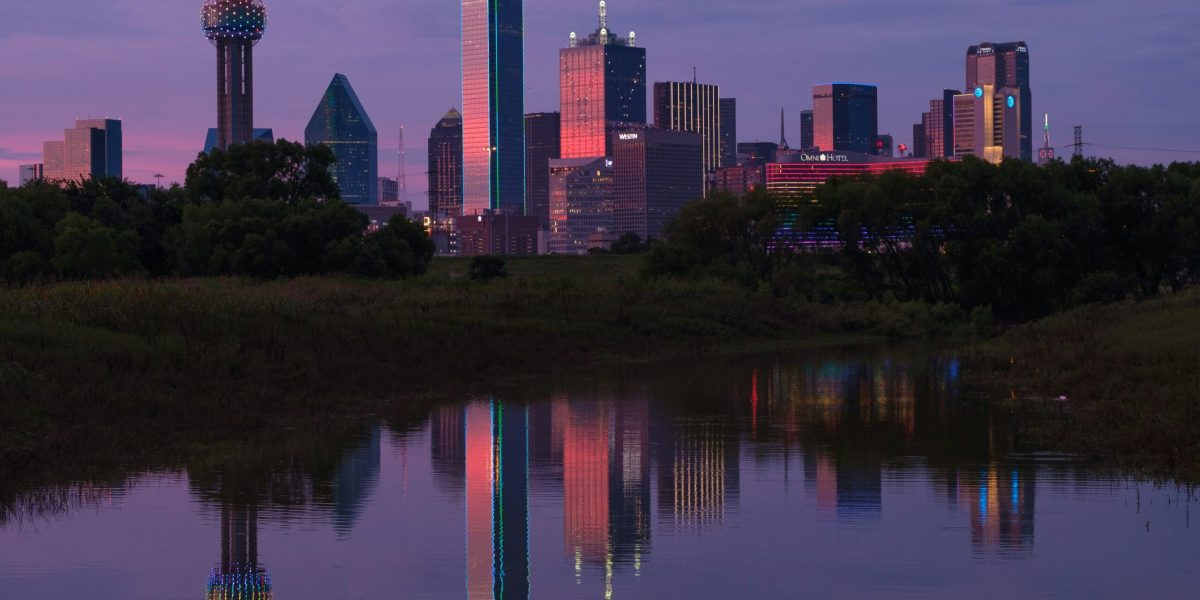Dallas, Texas, is known for its distinct weather patterns that fluctuate between scorching summers and relatively mild winters. These weather extremes play a significant role in shaping daily life for both residents and tourists. For those planning a trip or outdoor activities, understanding the city’s weather conditions is crucial. The extreme summer heat and comfortable winters are two of the most notable features of Dallas’ climate, and they come with unique considerations.
How Does the Extreme Heat Impact Dallas in Summer?
Dallas summers can be intense, with temperatures often soaring well above 100°F (38°C), especially during the peak months of June, July, and August. This intense heat, combined with high humidity, can make outdoor activities uncomfortable and even dangerous if precautions are not taken. Locals are accustomed to these sweltering days, but for tourists unfamiliar with the climate, it can come as a surprise.
The city experiences a dry heat in some areas, but the humidity during the peak of summer can make it feel even hotter. This can lead to issues such as dehydration, heat exhaustion, and heatstroke, which are particularly important for those who are new to the region or aren’t used to such intense weather. For both locals and visitors, it’s essential to stay hydrated, wear light clothing, and limit outdoor activities during the hottest parts of the day, typically between noon and 4 PM.
With temperatures often reaching triple digits, the city sees an increase in demand for air conditioning, as residents retreat indoors to stay cool. The high temperatures also influence tourism, with many outdoor attractions becoming less appealing during these hot months. However, many locals take advantage of the heat by cooling off in water parks, pools, and air-conditioned venues like museums and shopping malls.
Cycling, hiking, or outdoor sports are generally avoided during the peak summer heat, as the risk of heat-related illnesses rises. For those who do venture outdoors, it’s best to plan activities for early mornings or late evenings when temperatures are cooler. Despite the sweltering heat, Dallas’ cultural events, shopping, and entertainment are still in full swing during summer, just with a focus on indoor activities or water-related fun.
How Are Winters in Dallas Different from Other Regions?
In contrast to the harsh summers, Dallas winters are relatively mild and are a pleasant surprise for those accustomed to more severe cold climates. While temperatures can dip during the cold fronts, it’s rare for Dallas to experience sustained freezing temperatures. The winter months of December, January, and February typically see daytime temperatures in the 50s and 60s (10-20°C), with nights occasionally dipping below freezing.
Snowfall in Dallas is rare, but it does occur occasionally, typically in small amounts. When snow does fall, it tends to create disruptions, as the city’s infrastructure is not designed to handle large snowstorms or icy conditions. Roads can become slippery, and there’s often a temporary slowdown in the city’s regular flow of activity. This brief disruption, however, is usually followed by clear skies and warming temperatures within a few days.
Many locals enjoy the mild winters, as it offers a reprieve from the heat of summer without the harsh conditions seen in other parts of the country. For tourists, winter is an excellent time to visit Dallas for those who prefer to avoid the extreme heat while still enjoying the many cultural and entertainment offerings in the city.
How Do Seasonal Changes Affect Outdoor Activities in Dallas?
The shift from the extreme heat of summer to the mild winters makes Dallas an interesting destination for those who love both outdoor and indoor activities. While the summer months are often too hot for prolonged outdoor adventures, the cooler winter months offer an opportunity to explore Dallas’ parks, trails, and outdoor markets.
As the weather begins to cool down, many residents and visitors flock to places like Klyde Warren Park, where outdoor events and food trucks make for a vibrant atmosphere. Outdoor fitness enthusiasts take advantage of the milder temperatures by engaging in jogging, cycling, or hiking, making the winter months an excellent time for exercise outdoors.
Spring and fall also bring more favorable conditions for outdoor activities, with comfortable temperatures and lower humidity. These transitional seasons provide the perfect weather for enjoying the Dallas Arboretum, the Dallas Zoo, or even taking a stroll along the Trinity Trails. Whether it’s enjoying a cool evening on the patio at a local restaurant or participating in outdoor festivals, the milder weather offers the best conditions for exploring the city.
How to Prepare for the Changing Seasons in Dallas?
Being prepared for Dallas’ changing weather is crucial for both locals and visitors who wish to fully enjoy what the city has to offer. In the summer, it’s important to carry water, wear sunscreen, and take breaks in shaded or indoor spaces to avoid heat exhaustion. Those planning to spend time outside should check the weather forecast for potential heat advisories and adjust their plans accordingly.
In the winter, visitors should pack light jackets and layers to stay comfortable during the cooler evenings, but generally, heavy winter gear is not necessary. It’s also wise to check weather reports for cold fronts that might bring a brief dip in temperatures. When the occasional snowfall or ice storm occurs, it’s important to stay informed and take necessary precautions for travel and safety.
Understanding Dallas’ unique weather conditions can make a significant difference in how you experience the city. While summers are undoubtedly hot, the cooler winters provide a wonderful contrast, offering plenty of opportunities to explore without the extreme cold of other regions.















